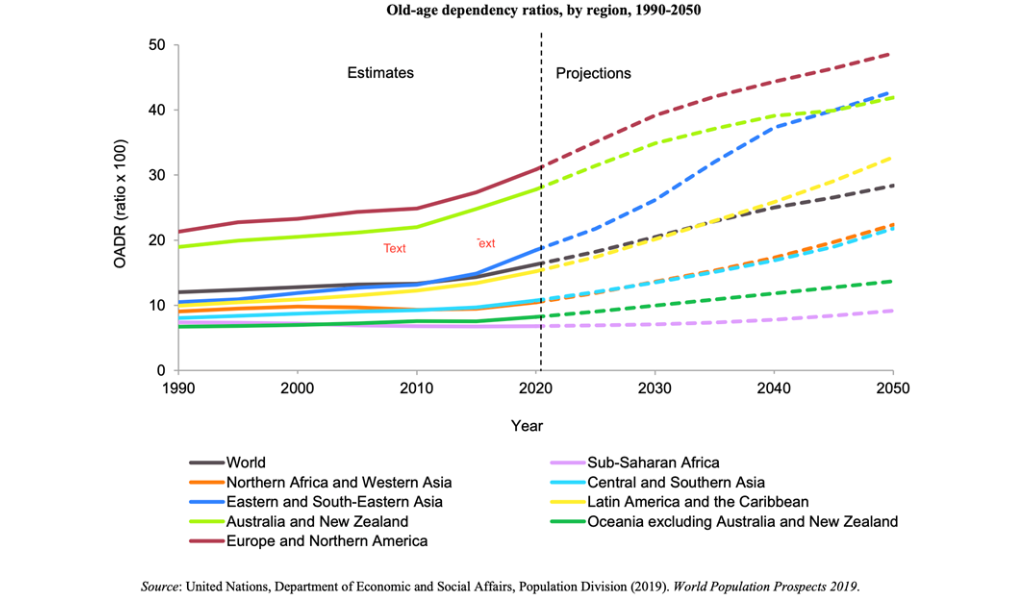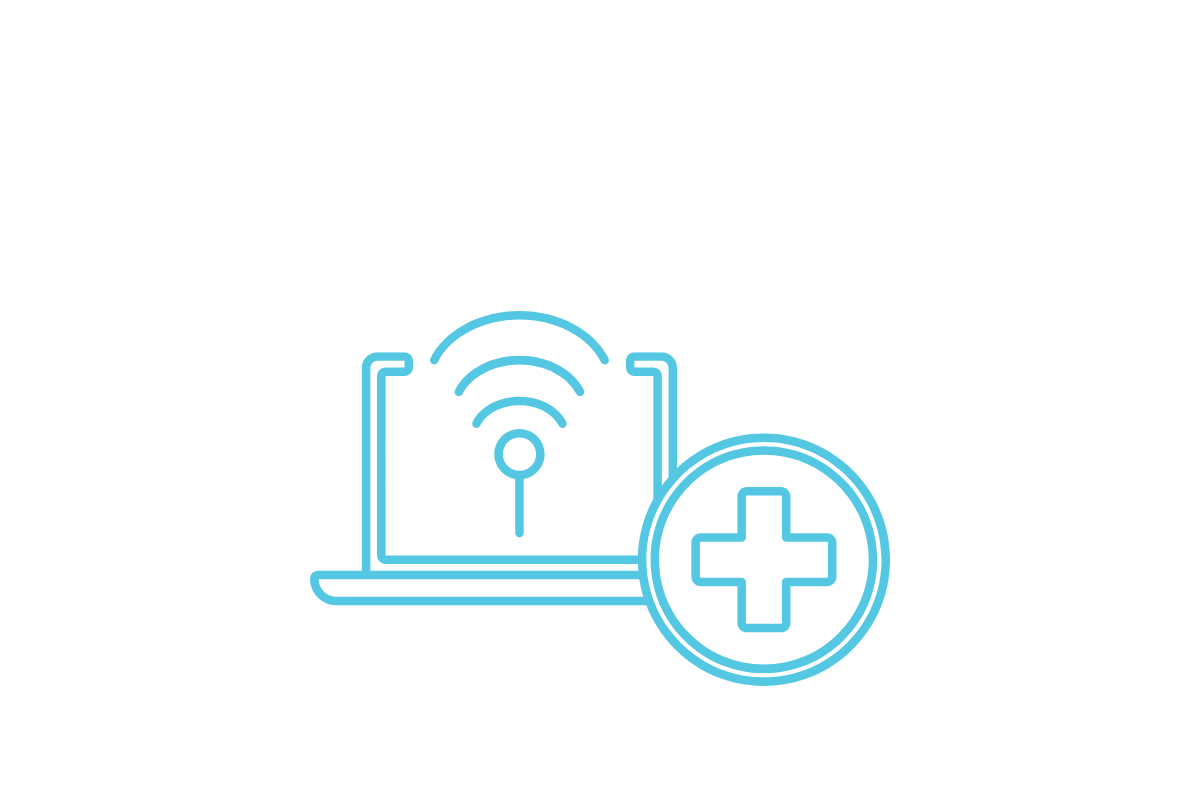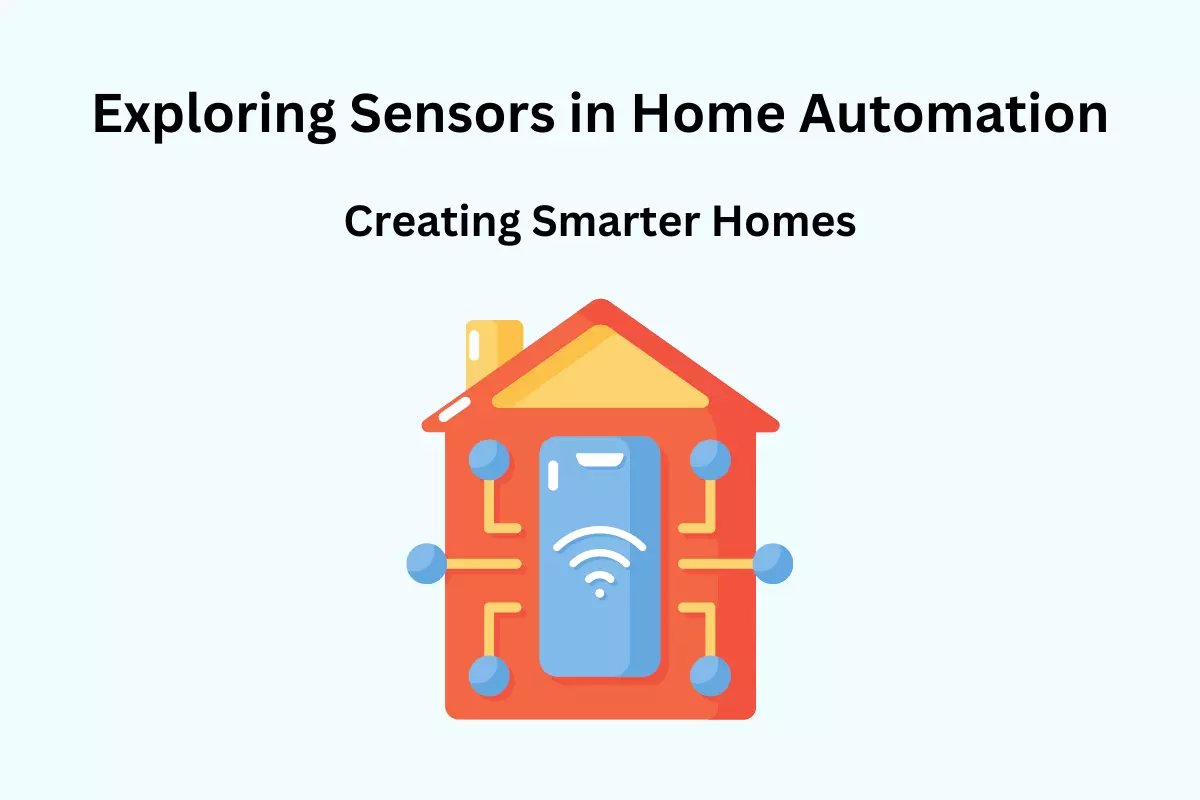The Internet of Things (IoT) has brought significant advancements to various industries, including healthcare. IoT in healthcare refers to the integration of connected devices, sensors, and systems to collect and exchange data, enabling improved patient care, remote monitoring, real-time analytics, and efficient healthcare management. Some of the commonly available or researched solutions are
- Remote patient monitoring
- Connected medical devices
- Smart hospitals
- Medication management
- Telemedicine and virtual care
- Emergency response systems
While IoT brings many benefits to healthcare, there are also concerns about data security, patient privacy, and the reliability of interconnected systems. It is hence very imperative to have a robust and best in class security/authentication layers that maintain standards to protect sensitive information and establish the integrity of IoT-enabled healthcare systems.
In this blog, I am focusing on the ideas on how we can address the above use cases 1, 4, 5 with a robotic assistant that is most relevant to Geriatric health care.
Some of the data points to consider with respect to the elderly care is around the rising need for care of the elderly across many countries and how the advancements in home and remote health monitoring systems have become practical with IoT technology
Key facts (source: https://www.who.int/news-room/fact-sheets/detail/ageing-and-health)
- All countries face major challenges to ensure that their health and social systems are ready to make the most of this demographic shift.
- In 2050, 80% of older people will be living in low- and middle-income countries.
- The pace of population ageing is much faster than in the past.
- In 2020, the number of people aged 60 years and older outnumbered children younger than 5 years.
- Between 2015 and 2050, the proportion of the world’s population over 60 years will nearly double from 12% to 22%.

IoT based Geriatric Assistance (GA) makes home health monitoring for the elderly possible. By deploying an IoT-based home care monitoring system, the elderly can know about their health condition and get services provided by the healthcare centres without walking out of home in most scenarios.
An interactive robot assisted monitoring system for the elderly care is aimed to assist the elderly to live independently at home for longer duration without feeling isolated or lonely thereby increasing their quality of life. A prototype buddy robot which is robot on wheels, about half the height of an average man, with an audio/video camera and screen can be developed. The robot will also serve as a mobile coordinator (IoT gateway) node. The robot will be capable of performing user identification and location, indoor localisation and navigation.
The robot can be controlled remotely via the internet. Family members, caregivers or clinical practitioners can establish connection with the robot via a secure internet connection. Once connection is established, the robot will locate and navigate towards the user and the authorised personnel can virtually visit the elderly. In case of any abnormal health condition, the remote observer can view the patient, and aid till care reaches the person. This can bring down the cost of travel, hospital admissions and prolonged nursing home stays. It provides a better opportunity for the elderly to live in their own homes longer. The buddy robot can be configured to serve multiple users.
This comprehensive system can include the following feature:
1. Smart end-device(s), static and mobile coordinators that perform the following functions
Sensing of vital body parameters.
- Analysis of sleep patterns of the user.
- Fall prediction/detection using multi-modal analysis.
- Context based (health record, age, weight, gender) identification of abnormal health conditions.
- Alerting the concerned person (such as caregiver, physician etc.,) regarding any abnormal condition.
2.Remote access of recorded data from the end device such as mobile/web application by the authorised personnel.
3.Indoor Localisation System to locate the elderly person if needed. This is to check in case the elderly spends more than usual time at certain areas such as bathroom.
4.Once an abnormal condition is identified by the vital signal monitoring unit, the concerned people can activate the buddy robot remotely to locate the person and a live feed of the elderly person will be made available. The medical practitioner will also be able to observe the elderly person through the buddy robot via the multimedia feed from the video camera. This will reduce the delay in deciding the medical services to be given to the elderly.
5.Data from the wearable unit is periodically uploaded on the cloud and predictive analysis of future health risks can be identified.
6.An application suite for data analysis, data visualisation, remote access and configuration has also to be developed.
The following layout depicts a typical device locations in a general home setup

A buddy bot similar to as shown on the right side here can be deployed near the person, it can navigate around the room either through self-assisted navigation or through remote/manual control

- The wearable end device is similar to the a smartwatch and is worn on the elderly person’s wrist
- The Indoor positioning system has multiple sensors mounted on the walls or other furniture
- The buddy robot is mobile and can be navigated around the designated areas
The above ideas are thoughts of the author and the reader is at discretion to agree or not and the author is in no way obligated or responsible for applying the ideas and content stated above.
Conclusion
The integration of IoT in healthcare is revolutionizing the industry. With remote monitoring and predictive analytics, patients receive better care, and healthcare providers can make informed decisions. Embracing IoT is vital for the future of healthcare, ensuring improved outcomes and enhanced patient experiences.


